I know JSX can be very misleading because it looks like strings and it is not, thus the "string" term in the question, even if we are not really manipulating strings.
Here is a code example (wrong, obviously):
let line = <Line key={line.client_id} line={line}/>;
if(line.created_at) {
return <div className="date-line"><strong>{line.created_at}</strong></div> + line;
} else {
return chat_line;
}
I have a line, and I want to "concatenate" some divs in front of it under certain conditions. What would be the proper syntax? I've tried parenthesis, brackets, plus sign... None of them seem to work...
thanks
